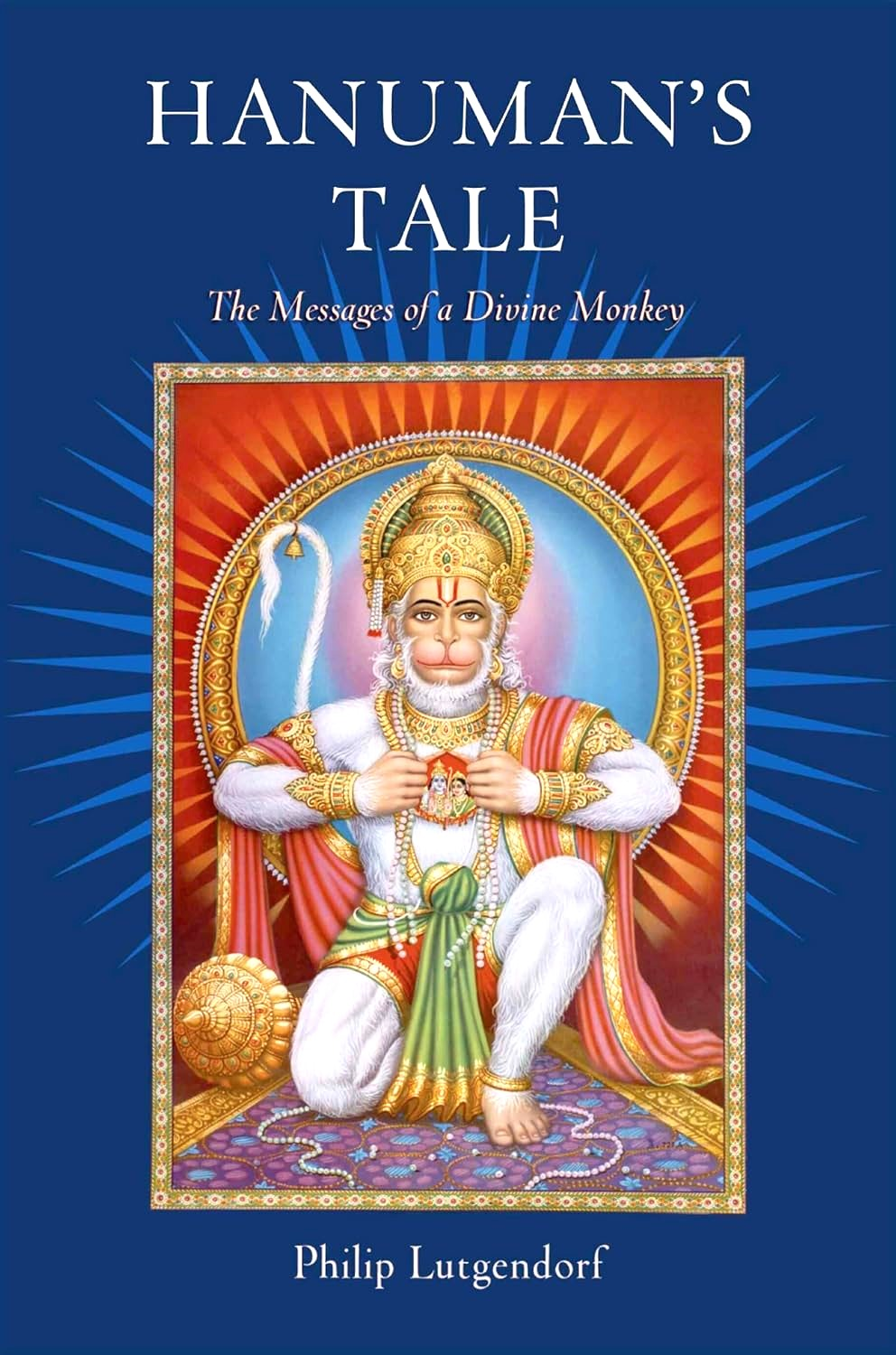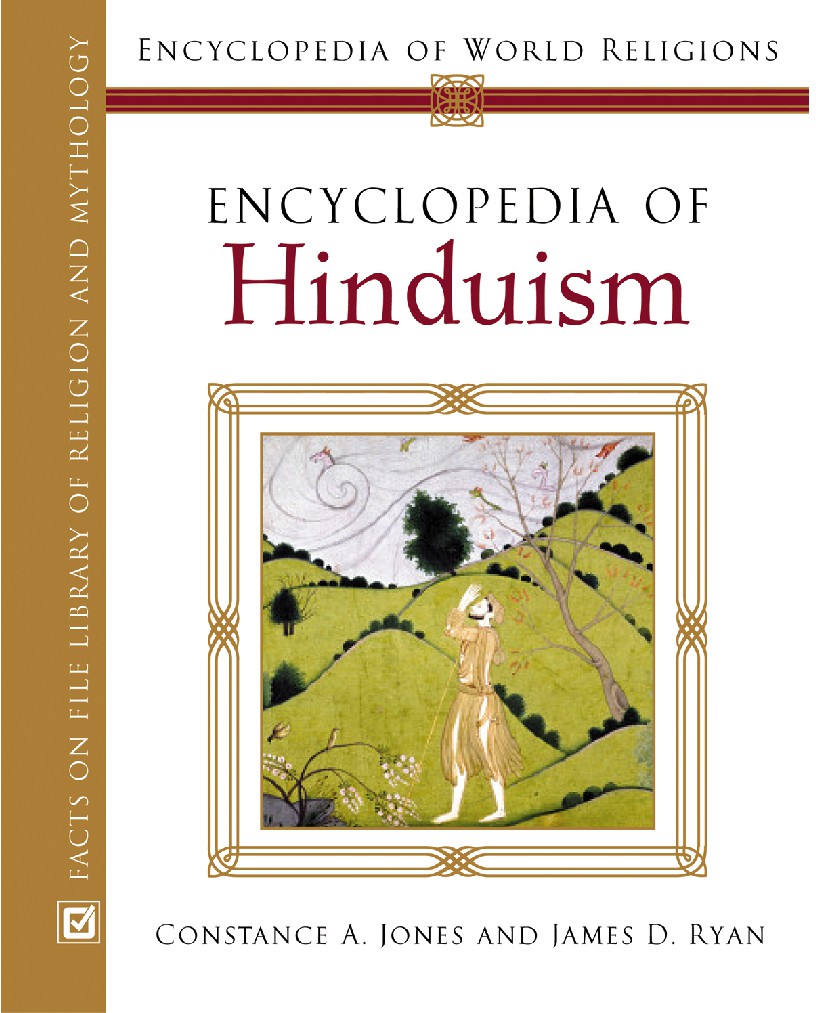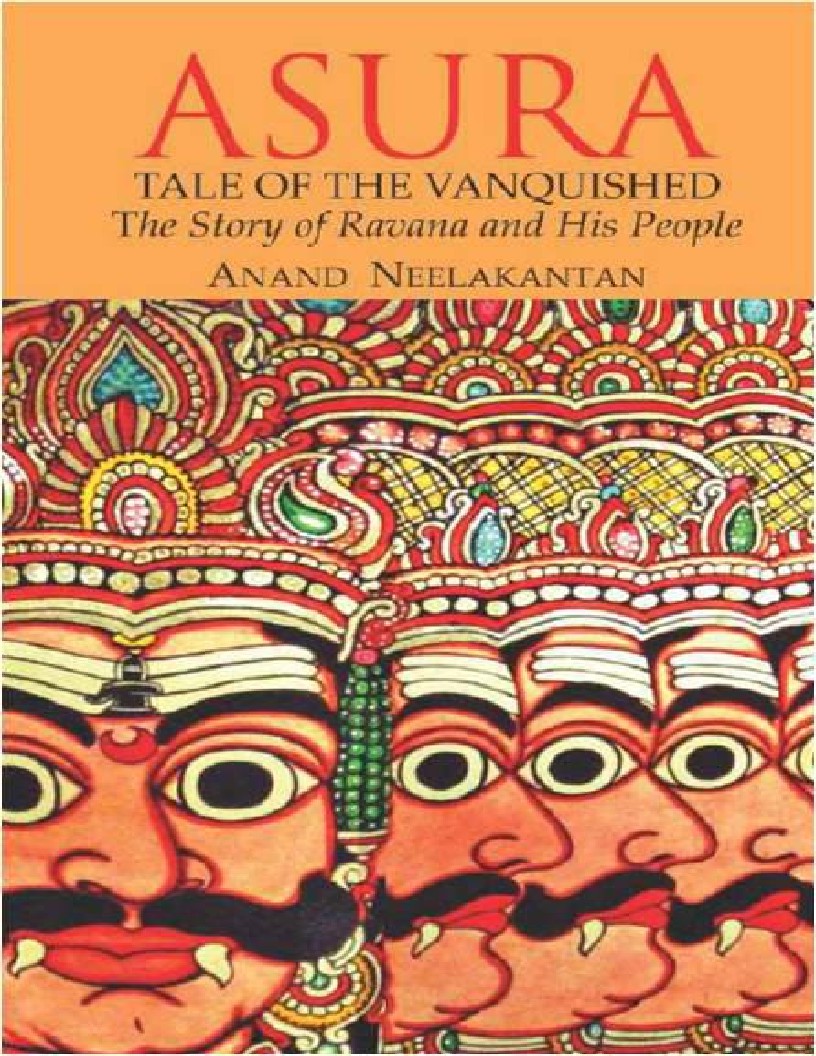Book Details

Hanumans Tale The Messages of a Divine Monkey
Hanuman, the devoted monkey helper of Rama and Sita, has long been recognized as a popular character in India's ancient Ramayana epic. But more recently he has also become one of the most beloved and worshiped gods in the Hindu pantheon - enshrined in majestic new temples, but equally present in poster art, advertising, and mass media. Drawing on Sanskrit and vernacular texts, classical iconography and modern TV serials, and extensive fieldwork and interviews, Philip Lutgendorf challenges the academic cliché of Hanuman as a "minor" or "folk" deity by exploring his complex and growing role in South Asian religion and culture. This wide-ranging study examines the historical evolution of Hanuman's worship, his close association with Shiva and goddesses, his invocation in tantric ritual, his physical immortality and enduring presence in sacred sites, and his appeal to devotees who include scholars, wrestlers, healers, politicians, and middle-class urbanites.
Lutgendorf also offers a rich array of entertaining stories not previously available in English: an expanding epic cycle that he christens the "Hanumayana." Arguing that Hanuman's role as cosmic "middle man" is intimately linked to his embodiment in a charming and provocative simian form, Lutgendorf moves beyond the Indian subcontinent to interrogate the wider human fascination with anthropoid primates as boundary beings and as potent signifiers of both Self and Other.
Author: Philip Lutgendorf
Pages: 449
Issue By: eBook 707
Published: 6 months ago
Likes: 0




